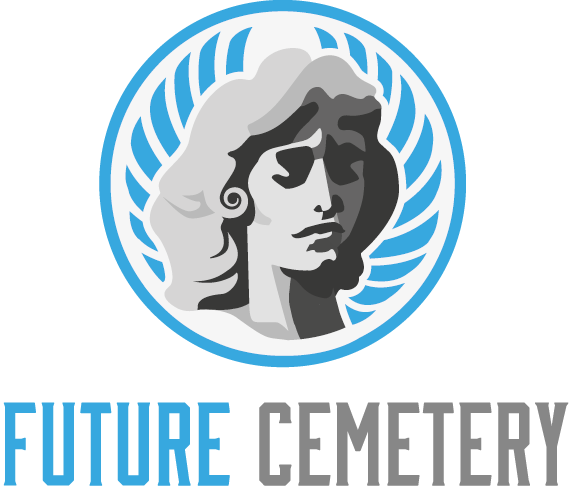A cemetery is land used for burial purposes. It can include graveyards, churchyard burial grounds, lawn cemeteries and mausoleums.
Researching gravestones can be rewarding. Oftentimes, family history can be gleaned from the inscriptions on monuments and headstones.
Visiting a cemetery can be dangerous, so it’s wise to take another person with you and have notebooks and worksheets on hand for recording transcriptions. A cellular phone is also useful.
Burial Grounds
Burial grounds are usually operated by local authorities, and a registrar or caretaker handles the sale of plots. A number of funeral directors also offer to handle burial ground purchases as part of their package of services.
Most modern cemeteries are located in easy-to-access land and have some system for recording the locations of graves, ideally with GPS coordinates. This helps cemetery management and makes it easier for friends and family members to find a loved one’s resting place.
Green burial is becoming more popular and involves burying bodies in natural settings without using chemical preservatives like embalming or burial vaults to prevent decomposition. These burial grounds allow a wooden or simple stone marker to be used as a memorial. Eventually the body returns to dust and the markers fade into the surrounding environment over time. The resulting area is a beautiful and peaceful resting place. Many of these sites are woodlands or wildflower meadows in areas of natural beauty.
Churchyards
A churchyard is a patch of land adjoining or surrounding a church. It was originally used as a place for burials, which is why it is sometimes also called a graveyard.
People can still be buried in a churchyard if they are a member of the church, but the space is often very limited, so this might not always be possible. Non-churchgoers or people who follow a different religion might prefer to be buried on non-consecrated ground outside of a church, instead.
Churchyards are considered sacred spaces and there are a number of rules that must be followed to ensure that they remain places of peace and beauty, reflecting the Christian context. These rules are set out in a document called the Churchyard Regulations, which is drawn up by the Chancellor of the Diocese. All work in churchyards, including repairs to boundary walls, lychgates and benches, as well as memorials, is subject to the approval of the DAC (the Churchyard Advisory Committee).
Lawn Cemeteries
A lawn cemetery is one in which a uniform design is applied to all grave spaces/plots and raised kerbsets are not used. It is thought that the introduction of the lawn cemetery aesthetic heralded a rejection of the traditional cemetery landscape and the adoption of a new, pragmatist approach to the management of cemeteries (Rugg, 2006).
Tree lines in the cemetery can make it easier to distinguish similar-looking plots and enhance the attractiveness of the area. In some parts of the Zentralfriedhof, an extensive woodland planting scheme has been implemented. The Hungarian Ornithological Society has installed 25 bird boxes and a feeder in the cemetery, and monitors species present there, occasionally carrying out ringing.
The Zentralfriedhof has a wide range of recreational activities that use the green areas. In addition to running, Nordic walking, and cycling, the cemetery provides space for a tranquil form of exercise called ‘active meditation’ and offers visitors an opportunity to experience nature while reflecting on the lives of their loved ones.
Columbariums
Often seen at cemeteries, churchyards and in private memorial parks, columbariums are final resting places that are designed specifically for cremated remains. They’re built into walls or rooms and have niches that can hold one urn per space.
Whether the family chooses to bury or cremate, these structures allow them to pay their respects to a loved one in a beautiful and peaceful setting. The front plate or plaque of a niche can be personalized with inscriptions similar to those on grave markers, and some can also accommodate flower vases.
A growing number of families are choosing to have their loved ones ashes scattered in a garden of remembrance or placed into a columbarium. Compared to traditional burials and mausoleums, columbariums are a more cost-effective and environmentally friendly option. They also tend to take up less ground space which leaves more room for other cemetery plots, as well as being easier to maintain and visit.
